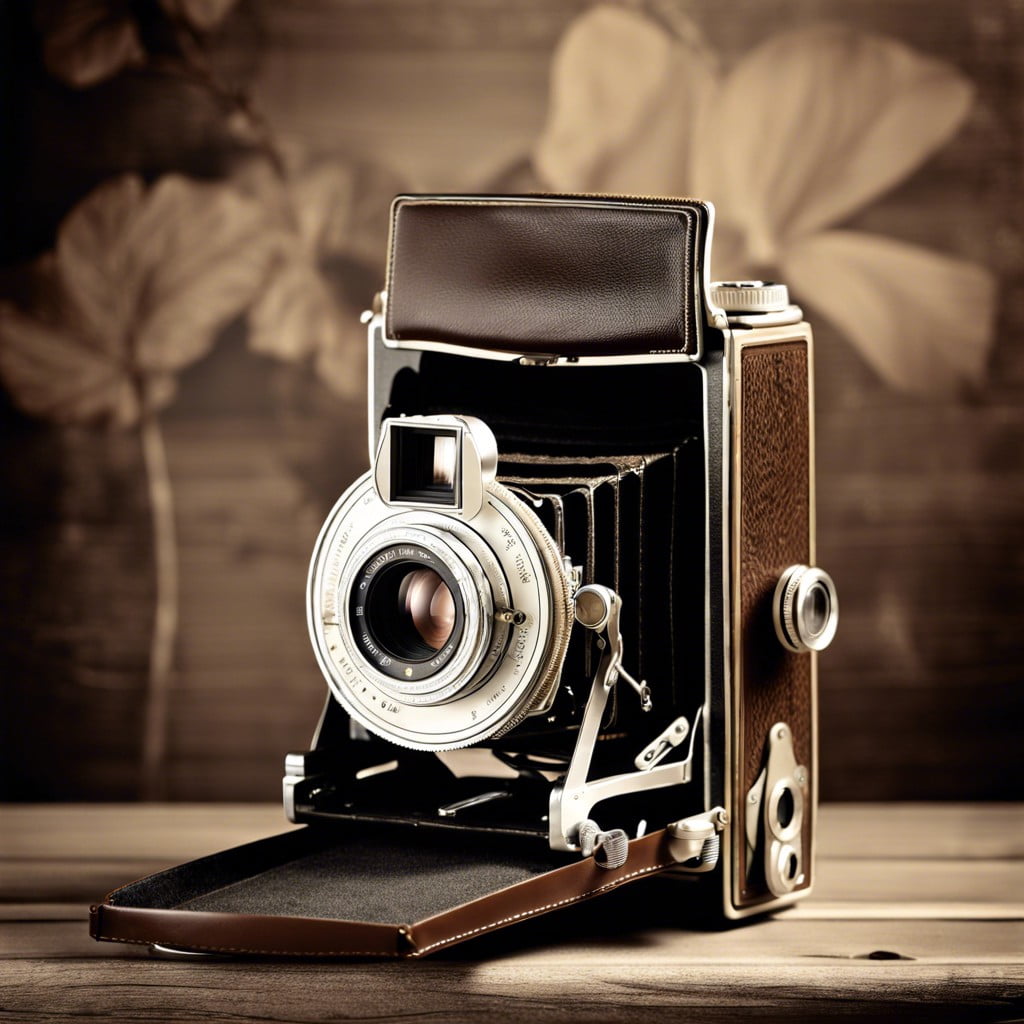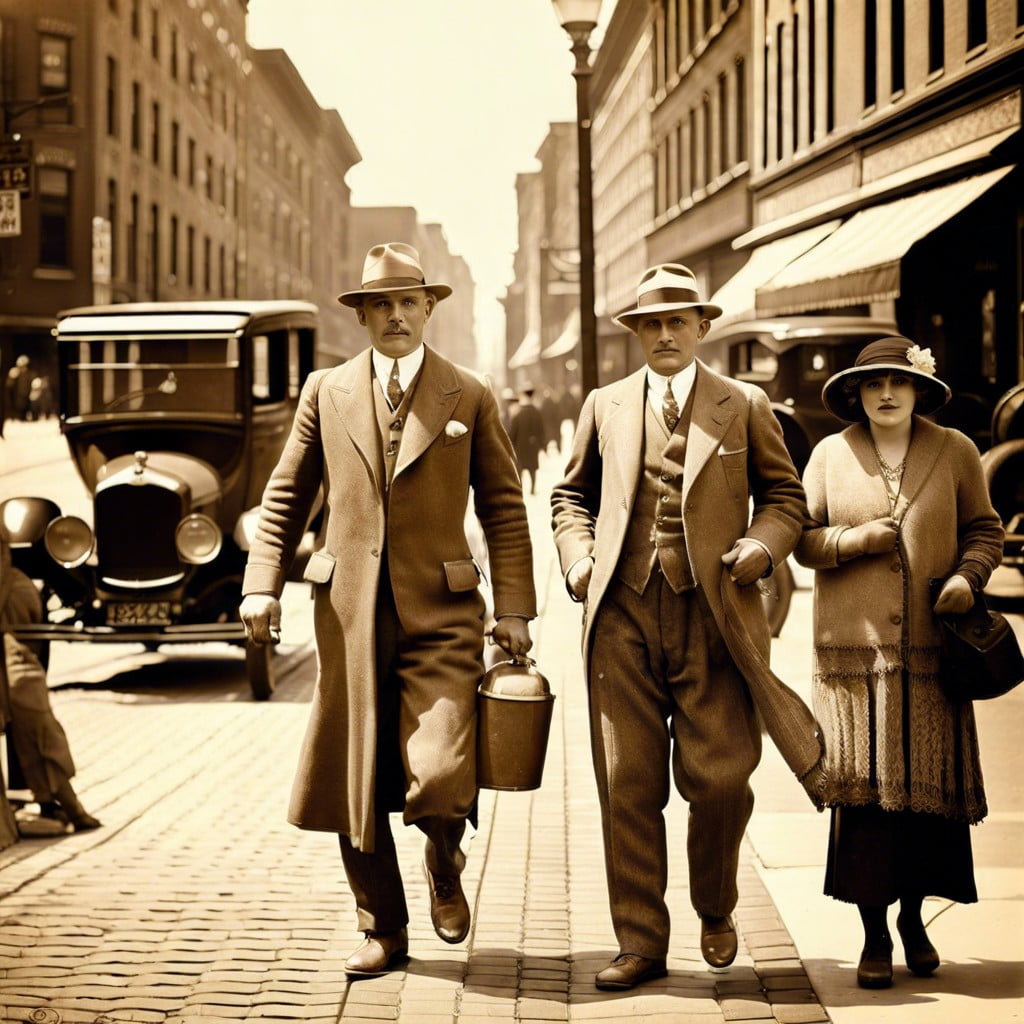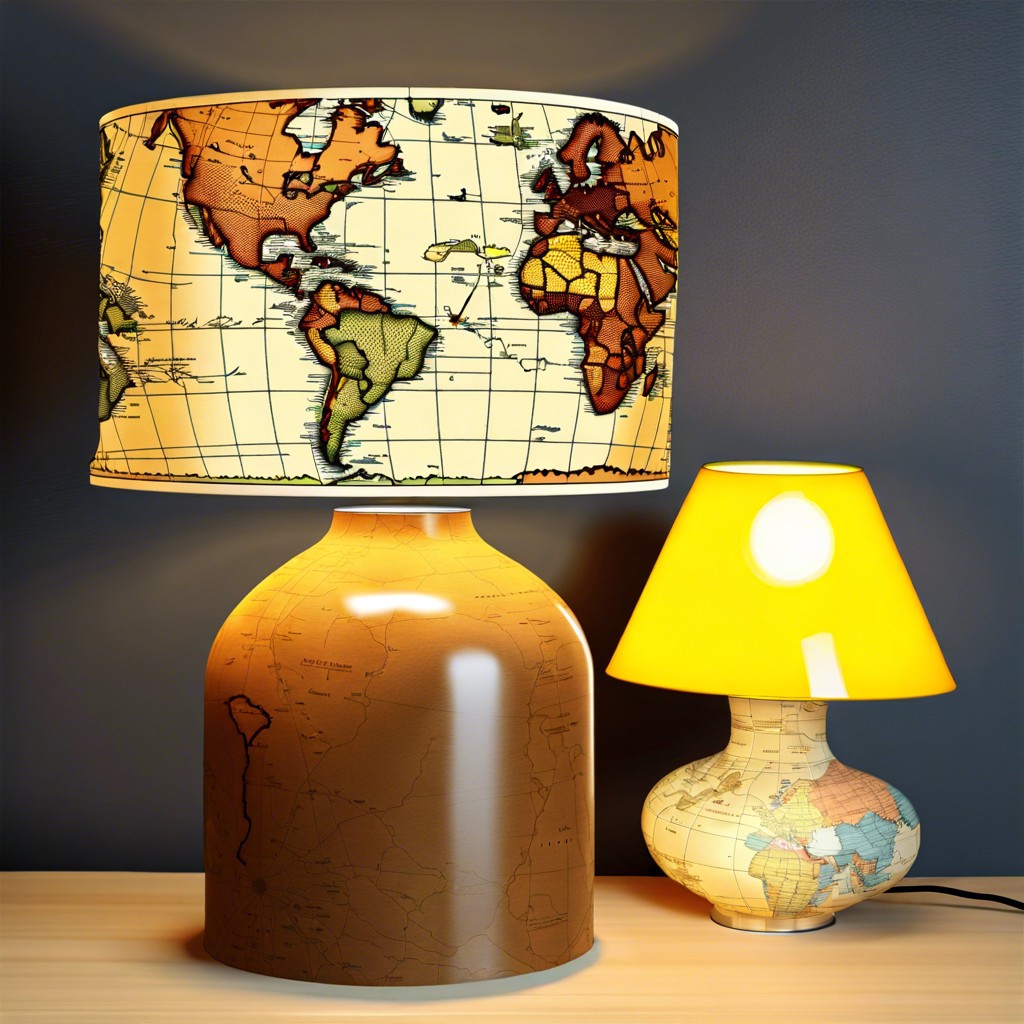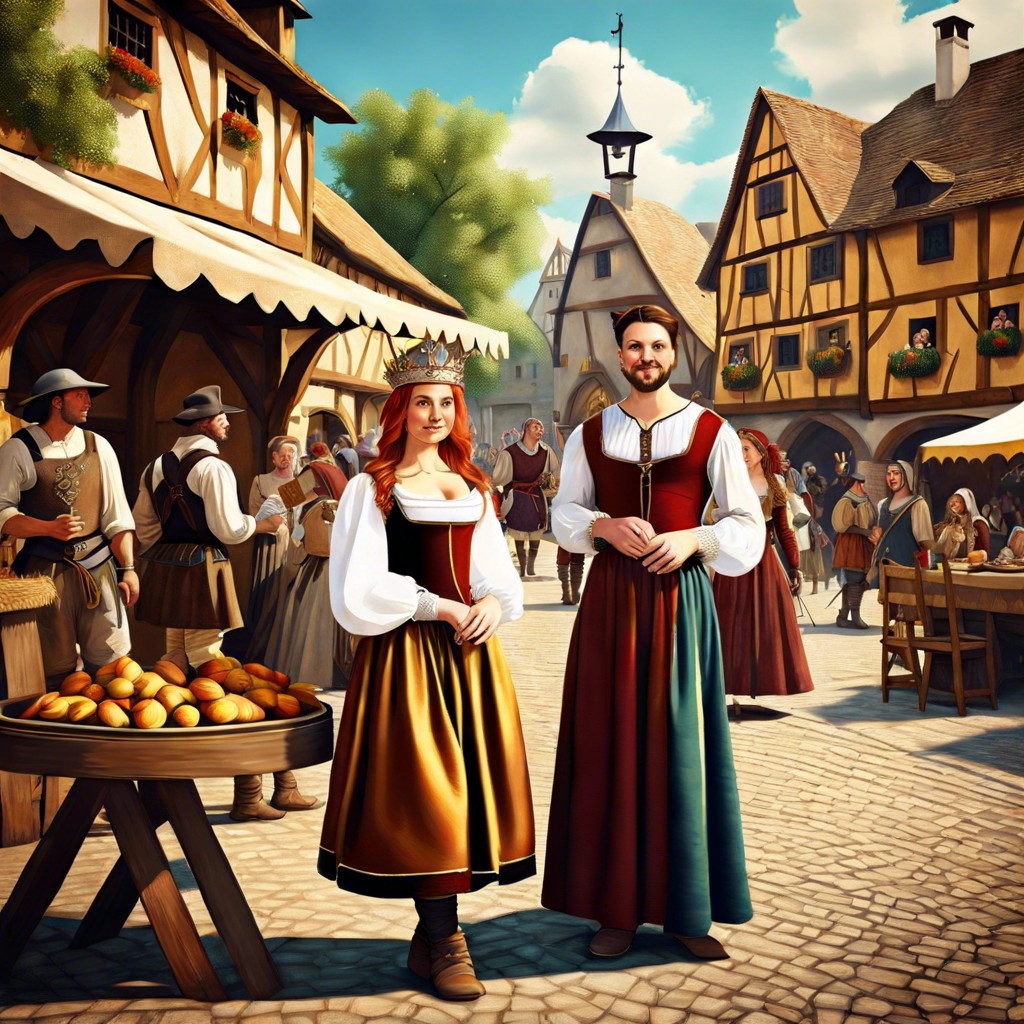Last updated on
This article will detail how to identify and value vintage photography prints.
Key takeaways:
- Technological advancements shaped vintage photography characteristics and accessibility.
- Vintage photographic techniques offer a glimpse into the past and contribute to historical narratives.
- Provenance adds value, authenticity, and security in the vintage photography market.
- Preservation techniques, such as UV protection and proper handling, are crucial for maintaining the longevity of vintage prints.
- Vintage photography art has investment potential, influenced by rarity, historical significance, photographer reputation, and condition.
Technological Influence On Vintage Photography Production

The evolution of camera technology dramatically shaped the characteristics and qualities of vintage photography. Early photographers used cumbersome equipment, requiring long exposure times. This resulted in a need for steady subjects and contributed to the distinct static nature of early portraits.
With the introduction of the dry plate in the 1870s, photographers could prepare plates ahead of time. This development cut down exposure times and allowed for more spontaneous images. It also made photography more accessible to amateurs, broadening the variety of vintage photos.
The emergence of roll film by George Eastman in the 1880s further democratized photography. It enabled everyday people to capture moments without carrying bulky plates. Cameras became smaller, portable, and easier to handle. This shift led to an influx of candid and dynamic photographs, contrasting the posed, static images of the earlier era.
These technological strides provided artists with new tools to explore creative expressions, significantly influencing the aesthetic and rarity of vintage prints we see today.
Historical Significance of Vintage Photographic Techniques

Vintage photographic techniques offer a window into the past, capturing not only images but the essence of bygone eras. Each method, from daguerreotypes to tintypes, brought its own texture and tone to the photos, shaping how we perceive historical moments.
For instance, daguerreotypes, introduced in the 1830s, utilized silver plates for a mirror-like clarity that no other technique could replicate at the time. This method was favored for portraits due to its sharp detail, making it a popular choice for memorializing significant figures.
Moving into the latter part of the 19th century, the collodion process allowed for shorter exposure times and cheaper production costs, enabling photography to become more accessible to the public. This democratization of image-making marked a pivotal moment in the dissemination of visual culture.
These old techniques are not just technical footnotes but are intertwined with the cultural, social, and artistic movements of their times, contributing to the rich tapestry of historical narrative. Understanding these methods provides a deeper appreciation of the craftsmanship involved and the societal impact they heralded.
Importance of Provenance in Vintage Photography Prints
Provenance refers to the documentable history of an art piece, tracing its ownership back from the current owner to the original creator. In the context of vintage photography prints, this historical chain provides not just a romantic backstory but concrete legitimacy and value.
A clear, traceable provenance can significantly increase a print’s market value. Collectors prize this because it assures the authenticity of the print and reduces the potential of purchasing a counterfeit.
Additionally, provenance can add emotional value. Knowing a photograph has passed through notable hands or was cherished by its previous owners enriches the experience.
Legal complications involving title claims can also be avoided thanks to well-documented provenance. A transparent ownership line provides confidence, making transactions smoother and more secure for buyers.
In summary, provenance is not merely a backstory but a foundational aspect ensuring authenticity, adding sentimental and financial value, and facilitating safer transactions in the vintage photography market.
Conservation and Preservation Techniques
Preserving vintage photography prints is akin to keeping a piece of history intact. These prints are susceptible to light, humidity, and temperature, and handling them demands attention to detail.
Firstly, avoid exposing prints to sunlight. Ultraviolet light can fade and deteriorate the chemicals used in vintage photographs. Use UV-filtered frames or store them in dark places to protect their longevity.
Secondly, control the environment. Fluctuations in humidity and temperature can warp or mold photographic paper. Keeping prints in a stable, moderate climate helps prevent degradation. Archival-quality storage materials are a must, as common papers and plastics might release harmful acids or chemicals.
Lastly, handle with care. Always use clean, dry hands or gloves when touching photographs, as oils and dirt from skin can leave permanent marks. When moving them, support from beneath rather than pinching the edges, which can cause tears.
These simple steps go a long way in safeguarding your precious photo collection, ensuring that future generations will be able to appreciate these windows into the past.
Investment Potential of Vintage Photography Art
Vintage photography art isn’t just aesthetically appealing; it’s a smart addition to any investment portfolio. The rarity and historical value of these pieces often cause their market price to appreciate over time. Key points to consider include:
- Demand vs. Supply: As older prints become scarcer, their value might climb, driven by a robust collector’s market.
- Historical Milestones: Photographs capturing significant events or cultural shifts frequently hold or increase in value.
- Photographer’s Reputation: Works by renowned photographers typically command higher prices. Their career trajectory and contributions to the field play pivotal roles.
- Condition and Authenticity: Pristine condition and verified authenticity are crucial for higher valuations. Professional authentication and proper care can considerably affect an item’s market worth.
Incorporating vintage photography into your investment strategy could yield significant returns, provided due diligence and a keen eye for potential value are applied.




